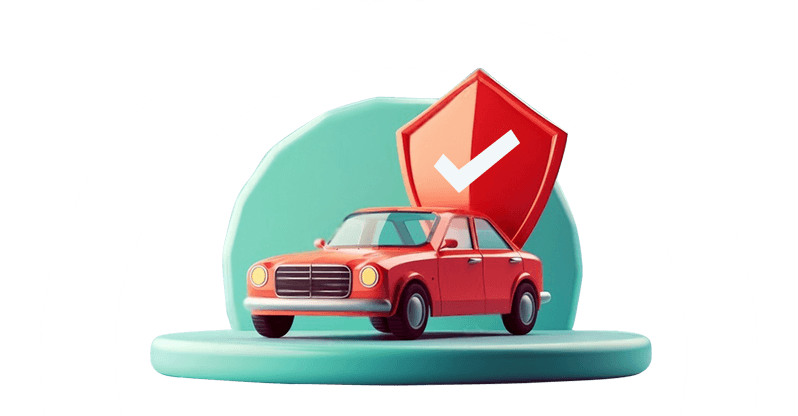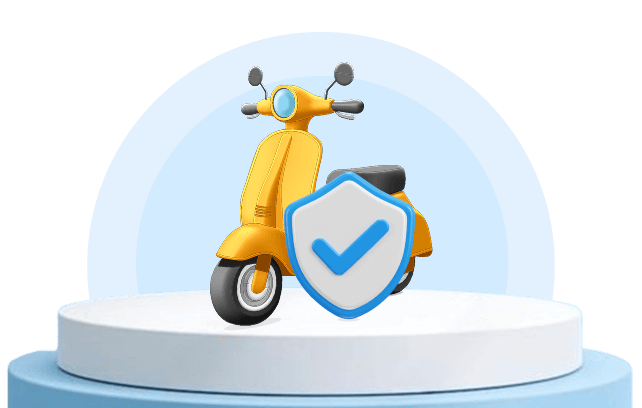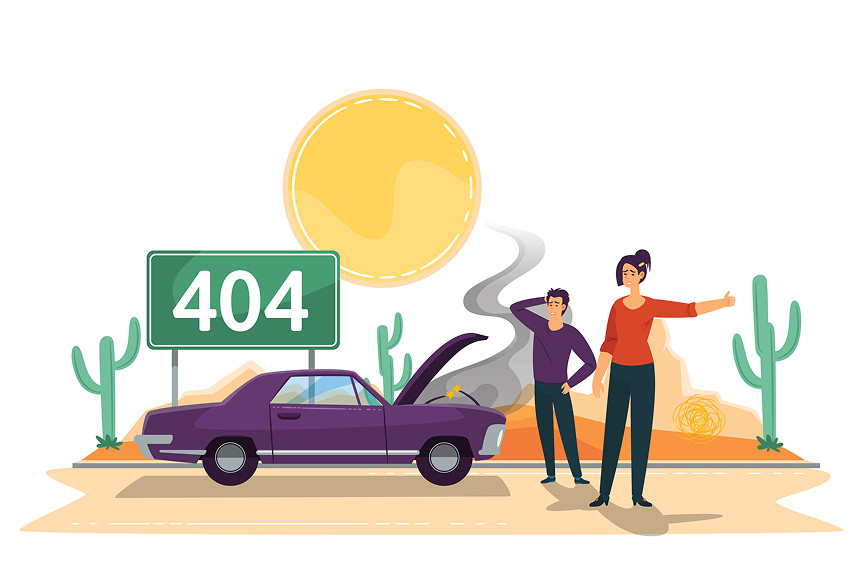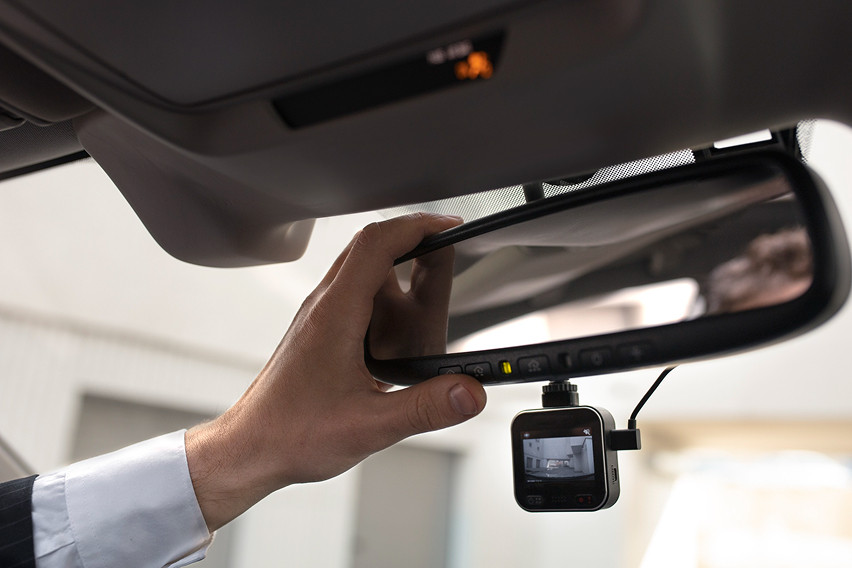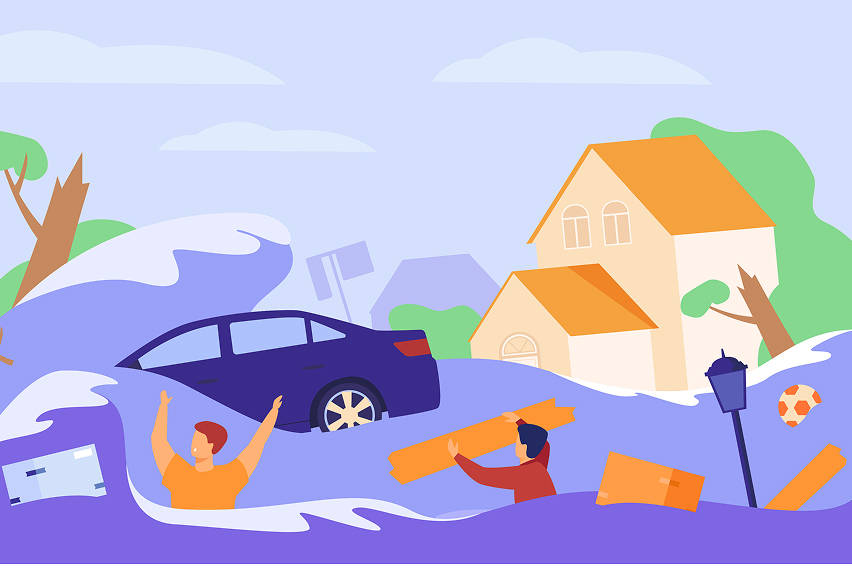
It's a well-known fact that the Philippines is highly prone to natural disasters, primarily due to its location, which makes it vulnerable to seismic and meteorological hazards. The vulnerability further increases due to the country’s location along the Pacific Ring of Fire, not to forget the central typhoon belt within which the country lies.
So, every year, Filipinos face frequent typhoons, earthquakes, volcanic eruptions, floods, tsunamis, and landslides. All this results in significant damage to both life and material things. As a car insurance firm, we are deeply concerned about cars and, therefore, offer excellent insurance plans that provide comprehensive coverage for car owners and their vehicles against third-party liability, theft, fire, vandalism, floods, and other risks.
Today, our focus is on one such danger that affects our lives and cars, i.e., typhoons. Every year, an average of 20 typhoons hit the Philippines, while most are manageable, a few notorious ones cause widespread loss of life and property.
Specifically, motor vehicle owners face unique challenges due to typhoons, including flooding on the streets, flying tree branches and debris, collisions caused by non-working traffic lights or signals, and damage to the vehicle’s engine and electrical system due to water.
The situation is even worse in urban areas like Metro Manila, Davao, and Cebu, where a poor drainage system and high density of motor vehicles further exacerbate the issue. Therefore, it is advisable to continuously analyse the risk and prepare a protection plan to minimise the risk to your car and yourself.
In this article, we will be discussing all about typhoons, their effects on cars and how to protect your motor vehicles from this natural disaster.
So, let’s begin.
Preparing your car for typhoons - Why does it matter?
It's a typhoon and not just simple rain, for which your regular umbrella and precautions would be insufficient; doing so will only leave your vehicle soaked and stalled.
Answering the big question, i.e., why is it essential to safeguard your vehicle against such disasters? Why does it matter?
Here’s why -
- Firstly, floodwater can enter the car’s bonnet and destroy the engine. On the inside, it can damage the upholstery and interfere with the electrical wiring. All this resulted in a significant repair cost.
- Secondly, during typhoons, the roads become slippery, visibility is compromised, and there’s a lot of panic driving, which increases the risk of collision.
- Thirdly, most car insurance companies do not cover flood damage unless ‘Acts of God’ coverage is part of the policy.
Thus, to protect yourself against hefty repair costs, the aftermath of accidents or collisions, and the risk of claim denial, it is better to be prepared than to regret it later.
Car safety tips during typhoon season
Tip 1: During heavy rain and flood warnings, say no to driving
The PAGASA (Philippine Atmospheric, Geophysical and Astronomical Services Administration) issues weather forecasts and severe weather warnings, thus allowing the general public to take appropriate action before, during, and after extreme weather events. Whenever PAGASA issues a red or orange rain alert (indicating intense rainfall), it is best to stay indoors and avoid driving altogether. You can catch such warning alerts via radio or the PAGASA website (https://www.pagasa.dost.gov.ph/weather).
What to do when a red or orange warning is issued?
Make sure to do these two things -
- Don’t drive through the flooded roads, even if you know the route very well.
- Make sure you park the car on high ground.
Tip 2: Know your city’s flood-prone areas
Local government units in the Philippines issue maps highlighting flood-prone areas. Such initiatives are pretty standard in Metro Manila and the Central Luzon region. You can access such information and more via MMDA apps, MDRRMC rainfall alerts on your phone, and Facebook community groups dedicated to road alerts.
Tip 3: Book a secure parking spot before the storm hits
One of the best ways to keep your beloved car safe and secure during the rain is by parking it at a spot that’s not within reach of the water. Here are a few parking suggestions -
- Go for multi-level parking spaces, if possible.
- Do not park near areas like rivers, canals, etc.
- Try parking the car on a slope with the front end elevated.
Tip 4: Do a thorough electronic inspection
Did you know that damaged wiring or a failing battery in a car can get worse in wet weather? Therefore, before the typhoon season arrives, visit your trusted mechanic and request a comprehensive electrical inspection, including an assessment of wiring insulation and the firmness of the fuses.
Furthermore, if you are experiencing any of the following issues in your car, it is a warning to have the vehicle checked as soon as possible. The list includes dim lighting units, check engine & battery warning lights, and a cranking sound while starting the car.
Tip 5: Get your emergency vehicle go-bag ready
If the flood strikes, and unfortunately, you are stranded in your car at that time, a ‘go-bag’ will be your saviour. What shall you keep in this emergency vehicle bag? We recommend keeping items such as a flashlight, extra batteries, a power bank, a first aid kit, bottled water, canned food, and, lastly, your vehicle's owner's manual, as well as your collision policy and insurance information.
Tip 6: Protect critical car components via waterproof covers
The market, both online and offline, is loaded with waterproof car covers that fully shield the vehicle against water. Opt for a high-grade, high-quality product that protects your car and is an essential component against challenging weather conditions.
We’d suggest buying online or from known automotive suppliers; furthermore, use rubber or plastic DIY covers to seal air intakes and other openings.
Tip 7. Keep the gas tank at least half-full
Did you know that a low fuel level during floods can result in condensation inside the tank? Condensation then leads to water mixing with fuel, eventually resulting in engine failure. Therefore, it is advised to fuel up before the flood arrives.
Tip 8. Protect your battery
The battery is a crucial component of your car, which is likely to be damaged during floods. What can be done to protect it? Disconnect the battery to safeguard the car’s electrical system and prevent a short circuit.
Tip 9. Use hazard lights appropriately
That one button on the dashboard with a triangle sign is the hazard light. When pushed, the lights on the vehicle flash on and off, basically warning other drivers on the road. However, many Filipino drivers are seen misusing this light, creating confusion on the road. Here’s the correct usage of the hazard lights - use them when you stop the car due to an emergency; do not use them while driving, especially in rain. The correct way to drive in rain is to use low beams and fog lights for visibility.
Tip 10. Know your car insurance coverage
It is always a good idea to know what is covered and what is not covered by your car insurance policy. Note that basic third-party liability insurance does not cover your car against any type of damage; it only offers coverage against third-party injury or death.
In case you want protection against natural disasters like typhoons, make sure your plan includes ‘Acts of God’ or ‘Acts of Nature’ coverage; some insurers include it under comprehensive insurance while others offer it as an ‘add-on’.
Got stuck in a flood - Here’s what to do
- Do not start the car, as it may stall the engine due to water entering the system.
- Call your insurer as soon as possible and document the damage properly.
- Call for roadside assistance and arrange for the car to be towed to the nearest repair shop.
- Dry the car’s interior and electrical gear.
- File the claim process with essential photos and receipts.
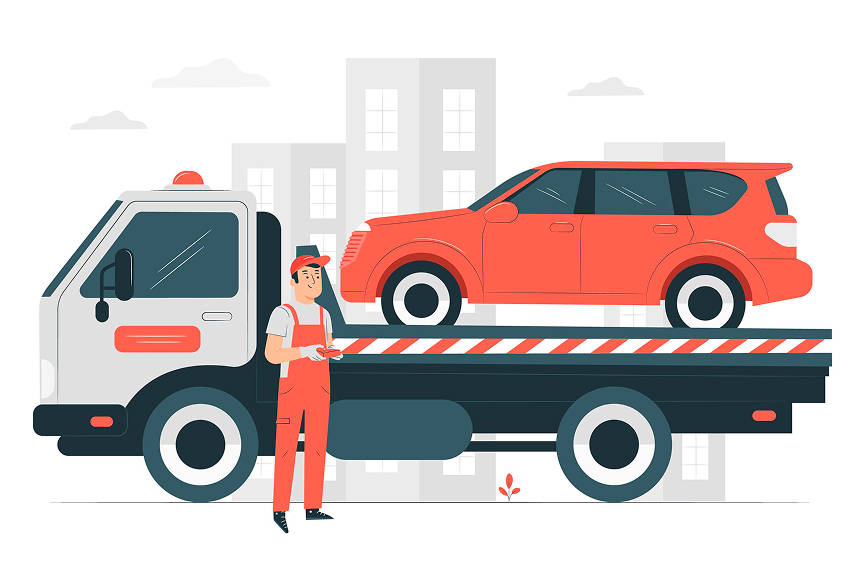 Photo from Freepik
Photo from FreepikTyphoon and car insurance - ‘Acts of God’ coverage
In the Philippines, ‘Acts of God’ refer to events that are beyond human control. In the insurance world, such events include natural disasters such as earthquakes, typhoons, floods, landslides, and volcanic eruptions.
So, if you live in a disaster-prone zone, make sure your car insurance policy covers protection from such events, which is possible with the inclusion of ‘Acts of God’ coverage.
Role of comprehensive insurance during a typhoon
Unlike Compulsory Third Party Liability (CTPL) insurance, which focuses solely on third-party liability coverage (injury and death), comprehensive insurance offers a broad array of coverage to both the policyholder and the insured car.
With comprehensive coverage, you’ll get financial protection against theft, accidental damage, natural disasters, personal injuries, and more. Therefore, make sure to get this coverage, which includes ‘Acts of God’.
Tips for choosing the right policy with typhoon coverage
- Make sure to ask these questions: ‘Does the policy include Acts of God?’, ‘Is Acts of Nature part of the comprehensive policy or is it an add-on?’
- Look for an insurer with 24/7 customer support.
- When finalising an insurer, be sure to check the claim approval rate and payout history.
- Avoid insurers with poor online reviews and vague exclusions.
Example -
If your car gets damaged due to a typhoon and if your car insurance policy explicitly covers ‘Acts of God’; your insurer will compensate for the repair cost. However, make sure to submit photos, reports, and a damage estimate to the insurer on time. Also, make sure to file the claim as soon as possible, as some insurers have deadlines.
Bottom line
No one can stop natural disasters from happening; events like earthquakes, volcanic eruptions, and even typhoons are considered acts of god. However, what can be controlled are the degrees of damage these events bring to us and our belongings. In this article, we have discussed the top super tips to save your car during the typhoon season. In addition to all the driving-related tips, we highly recommend that all motor vehicle owners obtain insurance, not just CTPL, but comprehensive insurance as well, with Acts of God coverage. The latter will ensure financial coverage for the policyholder in the event the car is damaged due to typhoons and other disasters.
FAQs
Q1. My car got damaged in the typhoon. Will my car insurance cover the damages?
Ans. Yes, but only if your car insurance policy includes ‘Acts of God’ coverage.
Q2. What protection does ‘Acts of God’ coverage offer to a policyholder?
Ans. ‘Acts of God’ coverage offers protection against events like typhoons, floods, earthquakes, landslides, volcanic eruptions, and other natural disasters.
Q3. What are the essential steps to file ‘Acts of God’ coverage?
Ans. To file an ‘Acts of God’ claim, a policyholder must document the damage, notify the insurer, and submit essential documents, including photos of the damage.
Q4. I drove the car through a flood-prone area. Will my claim get approved?
Ans. Most probably no, as most insurers deny the claim if the damages could have been avoided.
Q5. Are car damage photos and repair receipts essential to file a claim?
Ans. Yes, most insurers require policyholders to submit proof to support their claims for approval.
Q6. Is ‘Acts of God’ coverage mandatory for a policyholder?
Ans. No, only CTPL insurance is compulsory; the rest of the coverage is optional.
Q7. How long does it take for ‘Acts of God’ to claim to approve and settle?
Ans. It depends on the insurance company and the completeness of the documentation.
Q8. I do not have coverage for ‘Acts of God’. Can I get it included in the policy mid-term?
Ans. Yes, absolutely. Many insurance providers allow policyholders to modify their policies as needed.
Also Read: Top 10 Car Insurance Companies in the Philippines
